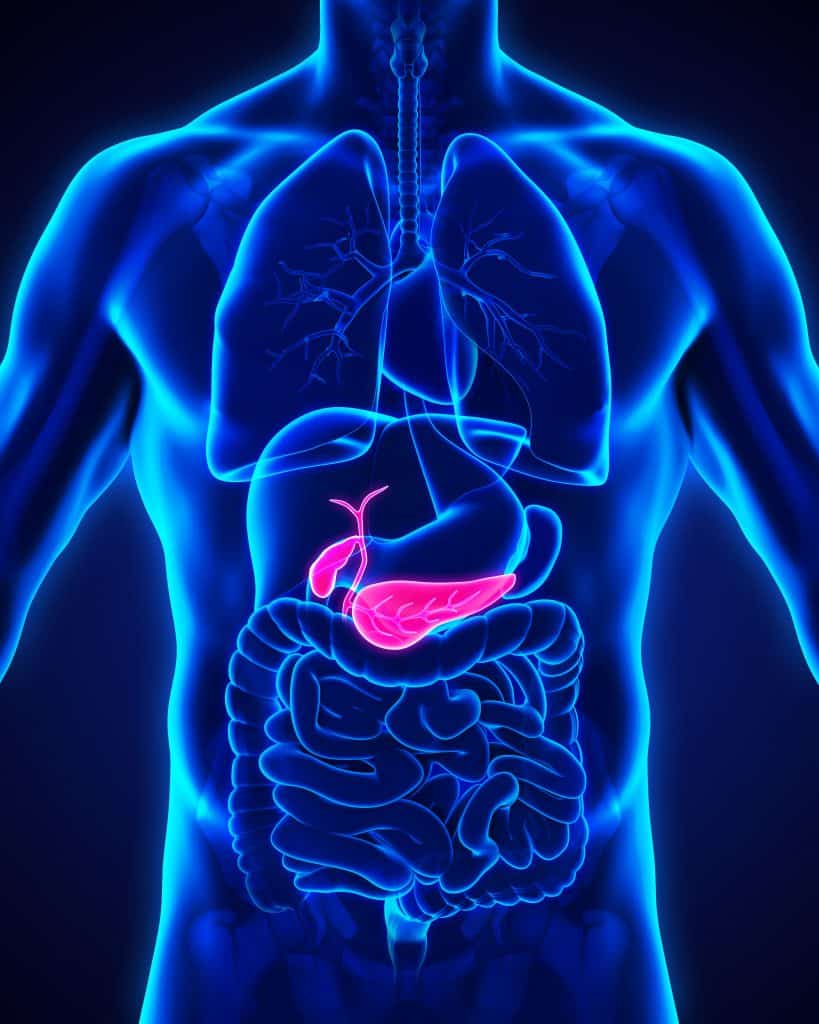February is Gallbladder and Bile Duct Cancer Awareness Month

An estimated 12,220 people living in the United States were diagnosed with gallbladder cancer in 2023, according to data from the National Cancer Institute (NCI). Approximately 4,510 people were estimated to die from it. Extrahepatic bile duct cancer is a rare disease in which cancer cells form in the ducts that are outside the liver. Cancer can also develop in the bile ducts inside the liver. Bile duct cancer is also called cholangiocarcinoma.
It is the 23rd most common cancer in men and the 20th most common cancer in women. Gallbladder cancer and bile duct cancer are relatively rare forms of cancer.
The gallbladder is a pear-shaped organ in the abdomen, below the liver. It collects and stores bile – a fluid made by the liver to aid with the digestion of fats. The bile ducts are thin tube-like vessels that carry bile from the liver to the gallbladder and small intestine.
Symptoms of both gallbladder and bile duct cancer include yellowing of the skin and/or the whites of the eyes (jaundice), abdominal pain, and fever. In addition, gallbladder cancer symptoms include nausea and vomiting, bloating, and lumps in the abdomen.
Gallbladder cancer begins in the inner, or mucosal, layer of the organ, most commonly in cells that make and release mucus and other fluids. It then spreads into the muscle and outer layers. Bile duct cancer forms in cells in any portion of the bile duct network.
Risk factors for bile duct cancer include being overweight or obese, having chronic colitis, gallstones, certain liver diseases, and infection with a worm parasite known as the clonorchis sinensis, or the Chinese liver fluke. Risk factors for gallbladder cancer are being a woman and being Native American.
Both forms of cancer are often diagnosed at later, more advanced stages because most people display few, if any, recognizable symptoms at early stages.
